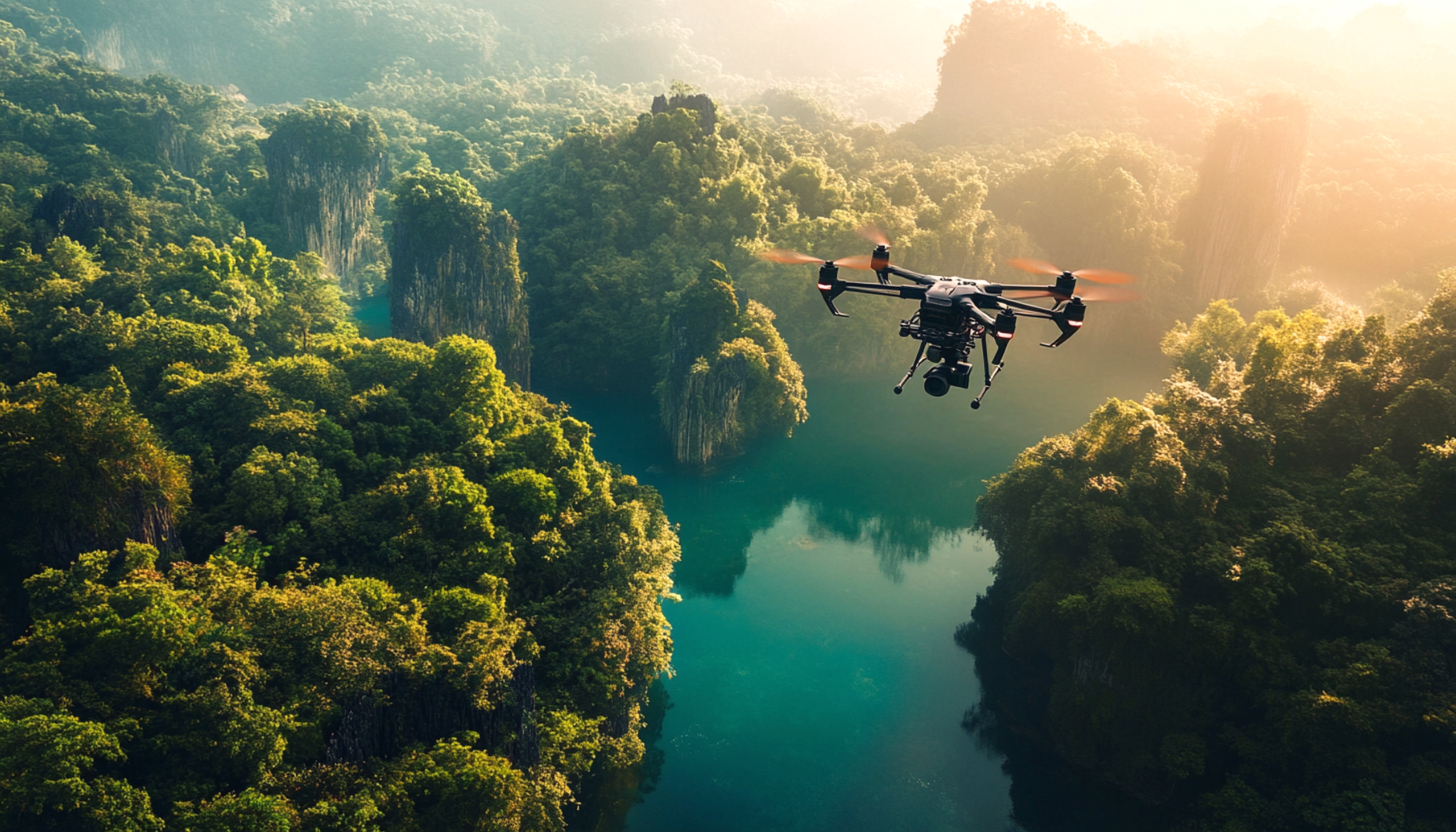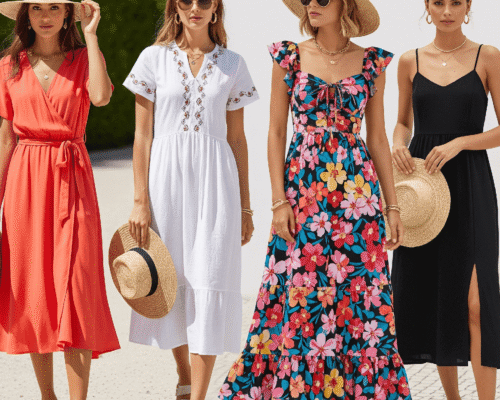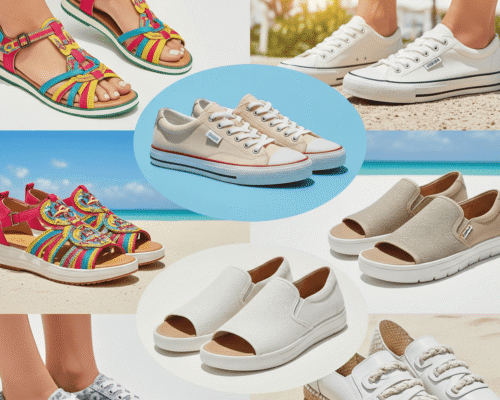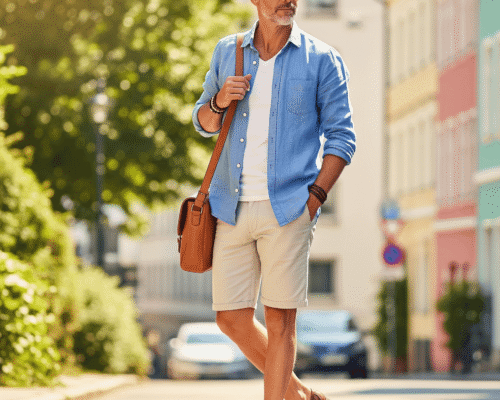Building a versatile summer dresses wardrobe is the key to feeling confident and stylish all…

Wildlife Drones: Empowering Beautiful Wildlife Photography
The very interesting but demanding genre of photography is that of capturing wild animals, which requires tremendous patience, skill, and improvements in equipment. Drones surely brought a revolution in this field by offering unique perspectives and capturing shots from an elevated vantage point. This allows for amazing aerial shots, close-ups without scaring the wildlife, and enhances image quality and creativity. Below, find out how drones in wildlife are changing perceptions, creating new frontiers in capturing animal behavior and habitat, and the impact they have on professional and amateur photographers.
Introduction to Wildlife Drones

The wildlife drone, also known as the aerial photography drone, is specially designed for taking high-quality images and video in their native habitats. Such drones often employ high-resolution cameras combined with stabilized gimbals that maintain smooth and stable footage in challenging environments. With a wildlife drone, photographers will be able to shoot striking images of flying birds, majestic animals in their natural habitat, and dramatic landscapes-all in a new, exciting perspective.
The idea behind the design of wildlife drones is that they should be easily portable and their handling should be accessible to novice photographers. Advanced features include obstacle avoidance, GPS, and Wi-Fi connectivity for precise control and real-time monitoring. The picture quality and memory taken through a wildlife drone will absolutely leave your audience in a dumbfounded state, whether it is a pro or amateur photographer.
How Drones Revolutionize Wildlife Photography

Traditionally, wildlife photography entailed long hours of patient waiting, mostly amidst hostile environments, just to get that perfect shot. On the other hand, a wildlife drone helps photographers take photos and video footage from new and unique views without having to go on extensive hiking or trekking. This saves much time and energy, along with minimizing environmental impacts due to photography on the habitat.
Also, drones in wildlife allow pictures of areas that would have been less or impossible to reach on foot. They can fly over dense forests, cross over long distances, and even go between tight spaces where photographers can take pictures previously unimaginable. Also, drones can record video and photos in conditions when it would be impossible for a human photographer to do so, either due to high altitude or extremely bad weather.
This, therefore, enabled the taking of high-resolution images and footage, hence opening a new dimension for wildlife photographers. Coupled with the ability to capture stunning aerial shots, photographers today can offer immersive and interactive experiences in storytelling-like productions of documentaries and films. This has not only aided in raising more awareness about the need for wildlife conservation but has also opened up a new avenue for photographers to present their work and connect with more people.
Types of Drones for Wildlife Photography
There are several types of drones available for wildlife photography, each with its own unique features and capabilities. Here are some of the most popular drones for wildlife photography:
1. DJI Mavic 3

The Mavic 3 by DJI is somewhat in a class of its own in regard to wildlife due to its advanced camera imaging. This drone has the Hasselblad camera with a larger sensor, meaning a higher resolution and more accurate color representation. It also has an adjustable aperture and the ability to shoot in 5.1K resolution, making it perfect for taking premium pictures and videos of wildlife while keeping a distance that would not disturb the animals. Along with advanced obstacle avoidance, extended flight times of up to 46 minutes enable photographers to capture even the most complicated scenarios with ease. This drone has thus become ideal for capturing intricate details and behaviors in wildlife.
Price: From about $3,249
2. DJI Air 2S

The DJI Air 2S is an advanced option for a wildlife drone that integrates a 1-inch CMOS sensor housing, generally producing superior image quality with excellent low-light performance. With its 5.4K video resolution and intelligent shooting modes galore, flexibility and creativity are assured when it comes to capturing wildlife at different times of the day. With its compact design, this model is easy to transport and operate, and the robust obstacle detection systems mean safe flights even in difficult conditions. It is ideal for both seasoned and aspiring wildlife photographers.
Price: About $1,279.73
3. Autel Robotics EVO Lite+

The Autel Robotics EVO Lite+ is a versatile choice among wildlife drones, coming with a 1-inch CMOS sensor capable of shooting stunning 50MP photos and 6K video. Advanced low-light performance and intelligent flight modes, including obstacle avoidance, make the device ready for capturing wildlife in various conditions-from bright daylight to twilight. This will enable photographers to capture highly detailed and dynamic images of wildlife with minimum interference, as this drone has been designed with long battery life and a robust build for extended flights in demanding environments.
Price: Approximately $1,399
4. Skydio 2

It enjoys supremacy in the operation of drones meant for viewing wildlife because of its advanced autonomous flying feature. With AI-powered obstacle avoidance, this drone guarantees a high degree of precision in the handling of complex areas with heavy vegetation to afford the photographers an opportunity to follow the life of wild animals in their natural environments without having to pilot the drone manually. Equipped with a 12MP camera and 4K video capability, this drone is sure to capture clear, high-resolution footage. Its advanced autonomy-a prime feature of safety and effectiveness around challenging environments-makes it extremely useful for shooting wild and unreachable animals.
Price: About $999
5. Parrot Anafi

It sets the pace among wildlife drones due to its innovative and compact design; these include a 4K HDR camera specially designed with a 180-degree tilt gimbal that offers unparalleled flexibility of perspective. The light weight and extended battery life add to the ease of handling this gadget, thus enabling photographers to easily maneuver with an ability to shoot diverse angles of wildlife with minimal disturbance. With increased range, this HDR-enabled drone will be able to take animal photography and videography into the creative world, right through to those dramatic, flickering contrasts of low-angle sun or backlit clouds.
Price: About $7,000.00
Choosing the Right Drone for Your Needs
Selection of a drone on the basis of wildlife photography involves a lot of factors. Following are some of the key factors that one needs to take into account while selecting the required type of drone:
- Camera resolution and sensor size: The resolution of the camera, along with the sensor size, is what lets you know the quality of the pictures and videos you will be capturing. A high-resolution camera with a big sensor size will provide good quality videos and photographs.
- Stabilization system: A good stabilization system is vital to capture smooth and stable footage. It is worth mentioning that the 3-axis gimbal can ensure the best result with a drone.
- Obstacle avoidance: Obstacle avoidance is important for safety and also to prevent potential damage to the drone. Advanced obstacle avoidance will definitely make one drone more favorable over another.
- Flight time and range: The time span a drone flies and the range are other influential factors on one’s ability to take pictures and video with a flying drone. Find a drone that has considerable flight time and range for optimal performance.
- Portability and durability: The portability and sturdiness of your flying camera will affect the ability to take it on location with you. A lightweight yet robust drone will likely offer good results.
Tips for Shooting in Challenging Environments
Shooting in challenging environments can be difficult, but with the right drone and some practice, you can capture stunning images and footage. Here are some tips for shooting in challenging environments:
- Plan ahead: Before you start shooting, plan out your shots and scout out the location. This will help you identify the best angles and positions for your drone.
- Use a drone with obstacle avoidance: A drone with advanced obstacle avoidance capabilities can help you navigate through challenging environments safely.
- Shoot in RAW: Shooting in RAW format allows you to capture more detail and flexibility when editing your images.
- Use a remote controller with a high-resolution screen: A remote controller with a high-resolution screen can help you see the footage and images you are capturing in real-time.
- Practice, practice, practice: The more you practice, the better you will become at flying and capturing images with your drone.
Conclusion: The Future of Wildlife Photography
The future of wildlife photography is bright with the invention of drones among other advanced technologies. With the capability to capture striking images and footage from new and unique perspectives, wildlife photographers have a myriad of new opportunities that showcase their work and connect with a wider audience. Whether you are an avid hobbyist or professional photographer, a drone for capturing wildlife can help you get those memorable and striking images that will leave your audience dumbfounded.
As technology continues to evolve, we will keep seeing even more advanced and innovative drones that will further revolutionize the field of wildlife photography. Indeed, more and more wildlife photographers will be able to make high-quality captures in new and unique perspectives and enjoy new opportunities for showings and connections with the audiences.
Read Next: How to Use Drones for Wildlife Photography: Complete Guide



